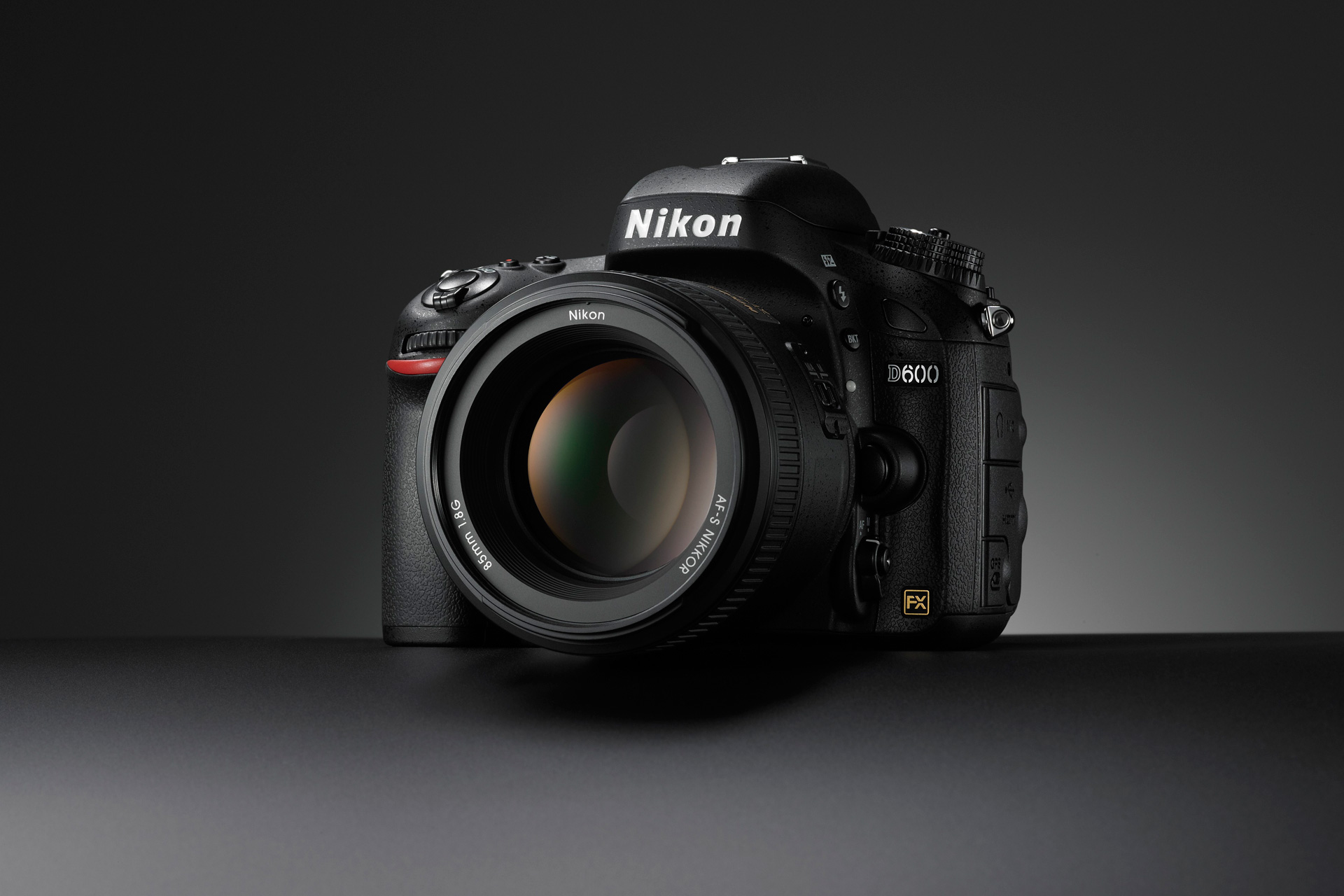
That makes it even worse because some parts of the frame are soft and flat but then you see those nasty colored lines that are sharp and clearly visible. The problem is that the image in general is detailed and could be from a Canon 5D Mark III – except the aliasing. I would say it just looks like from a Canon 7D. When filming fine lines and other kinds of details the aliasing can destroy the soft and cinematic look of the image. I honestly didn’t expect that amount of noise in such a camera for that price. On the display you can’t really judge if there are any moiré issues or not but in post you will see it. When we were filming some test footage in bright daylight it was hard to see the image on the display but what’s really great about it is the sharpness and the details which brings me to the next point: Aliasing! We haven’t had the time to try this feature but it definitely sounds promising. But if you need to get less compressed video files there is an option of recording via HDMI out to an external recorder. The normal bitrate isn’t normal but low so no need for that option. 12 Mbps is called “normal” and 24 Mbps is called “high”. In the movie settings is a nice option where you can change the bitrate, unfortunately not for the good. I don’t see a reason for that because this is possible with most video DSLRs out there. This might be somehow ok if you don’t need to change your aperture while recording but if you have to there is no other way then to stop recording. Or you go into the photography mode change the aperture and go back into the film mode.

What that means is that you have to turn the camera display off to set your f-stop. I tried a lot of things and then I realized that the aperture can’t be changed in live view. It was locked to F/2.8 and it couldn’t be changed. ISO, shutter speed and white balance were easy to find but I was wondering what was going on with the aperture. I set the style pretty much like in the most Canon DSLRs: Sharpness and contrast completely down and the saturation -1. The first thing I did was change the picture profile. When I first held the body in my hands it felt solid and good. We rented the camera to answer the question if it is a camera for filmmaking or just a stills camera.

I didn’t really had the chance to play with it but now the camera is widely available and I thought why not look what’s Nikon doing for filmmakers these days. An entry level full frame DSLR for 2000 US Dollars. When I was at Photokina in fall 2012 I saw the just announced D600. NOTICE: If you don’t want to read the whole article you can watch our video-review on the bottom of this site which covers the basic pros and cons plus sample videos. Anyways the camera found its place thanks to the option of recording uncompressed video via HDMI out. This was the first time they really showed Canon that they are also interested in joining the DSLR video market, which is a little bit late. Last year Nikon released a few new DSLRs like the D4 and D800 which are being used for all kinds of films not only in independent cinema but also in Hollywood.


 0 kommentar(er)
0 kommentar(er)
